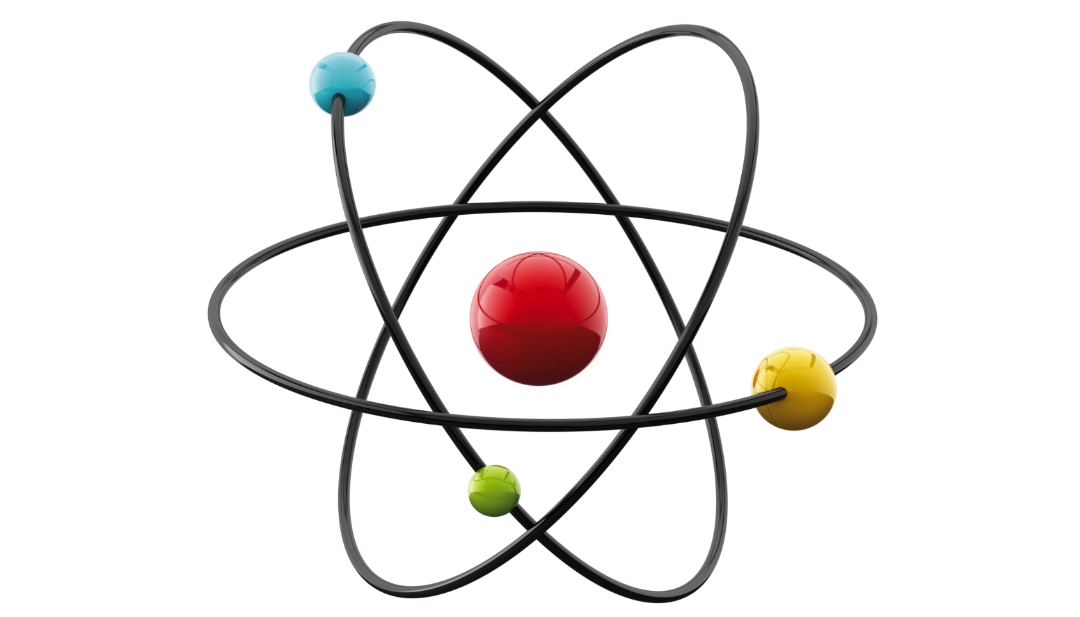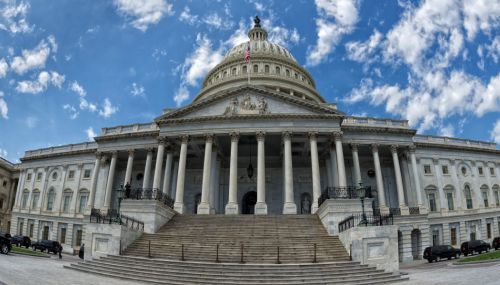All
Big Tech Turn to Nuclear Power for Data Centers
by Ed Burke and Kelly Burke, Dennis K. Burke Inc.

Will new technology raise utility bills, even when using dedicated nuclear plants?
The demand for power is surging globally as buildings and vehicles electrify. People used more electricity than ever last year, placing strain on electric grids around the world.
AI is driving a significant increase in the amount of data centers and the power they require.
The International Energy Agency forecasts that data centers’ total electricity consumption could reach more than a whopping 1,000-terawatt hours in 2026. That’s more than double what the country consumed in 2022. For reference, one terawatt hour is equal to one million megawatts and can power roughly about 70,000 homes for a year.
Tapping into Existing Nuclear
Tech firms would like their data centers to connect directly to round-the-clock, carbon-free nuclear power, and there are some U.S. nuclear power plant owners proposing attractive agreements with tech firms to power their massive data centers using clean energy.
In March, Amazon announced that Amazon Web Services had agreed to buy an existing 960-megawatt data center campus that is already connected to Talen Energy’s 2.5-gigawatt Susquehanna nuclear power plant near Harrisburg, Pennsylvania.
There are similar proposals in the works. Co-location with a nuclear plant offers potential benefits including the rapid deployment of data centers and reducing the time-pressure of building out additional transmission capacity. These connections will also accelerate U.S. competitiveness in artificial intelligence and other high-tech fields.
Naturally, there are concerns that these power-hungry data centers could end up raising ratepayer bills, as well as reducing grid reliability. Unless data center owners can build enough clean energy to make up that gap, that replacement power will largely come from existing fossil-fueled power plants.
Lawmakers and regulators in Connecticut, Maryland, New Jersey, and Pennsylvania are raising similar concerns. The Federal Energy Regulatory Commission is taking a closer look at these potential impacts as well.
Bottlenecks and Challenges
Across the country, clean energy projects face challenges to connect to transmission grids. Data center developers say their efforts to expand procurement of new solar, wind, and battery resources could take years to deploy, because there’s just not enough room on the grid to bring the new projects online. Bottlenecks in grid capacity are making it harder and harder for data centers to obtain the power they need.
New Nuclear Capacity
There’s wide consensus that new nuclear capacity is essential to meet the surging demand.
In September, Microsoft announced plans with the owner of the shuttered Three Mile Island nuclear power plant to restart the reactor so Microsoft can buy the power to supply its data centers. If the name Three Mile Island sounds familiar, in 1979, it was the site of a partial meltdown of the Unit 2 reactor and released radioactive gases and radioactive iodine into the environment.
Small Modular Reactors
Small modular reactors can generate up to roughly about one-third the amount of power of a traditional reactor. Developers say small reactors will be built more quickly and at a lower cost than large power reactors. They hope to start generating electricity in the early 2030s, if the Nuclear Regulatory Commission gives permission to build and operate their designs and the technology succeeds.
In October, Google and Amazon both announced that they were investing in small nuclear reactors to meet surging demand from data centers and artificial intelligence. The reactors are currently under development, with none currently providing power to the electric grid in the U.S.
Google further said that it expects to bring the first small modular reactor online by 2030, with more to come through 2035. The deal is projected to bring 500 megawatts of power to the grid.
Amazon announced that they were working with Dominion Energy to explore putting a small modular reactor near its existing North Anna nuclear power station in Virginia.
It is investing in reactor developer X-energy for its early development work and collaborating with regional utility Energy Northwest in Central Washington to put four of the X-energy reactors there.
Speaking at Amazon’s announcement, Energy Secretary Jennifer Granholm said she’s thrilled that Amazon is the latest to “BYOP” or “bring your own power” to the buildout of data centers.
The United States aims to reach 100 percent clean electricity by 2035. Granholm said small modular reactors are a “huge piece of how we’re going to solve this puzzle,” responding to the increasing electricity demand from data centers and new factories. She said her department will provide $900 million to deploy more of these reactors.
It’s worth noting, both Amazon and Google have committed to using renewable energy to address climate change.
By 2030, Google has pledged to meet net-zero emissions and run carbon-free energy every hour of every day on every grid where it operates. It says it has already matched 100 percent of its global electricity consumption with renewable energy purchases on an annual basis.
Last year, Amazon added 8.8- gigawatts of power purchase agreements, bringing its total clean energy portfolio to 33.6-gigawatts. Amazon also claims to have matched 100 percent of its global electricity consumption with renewable energy purchases on an annual basis.
Ed and Kelly Burke are respectively Chairman of the Board and Senior Marketing Manager at fuel distributor Dennis K. Burke Inc. They can be reached at 617-884-7800 or ed.burke @burkeoil.com and kelly.burke@burkeoil.com.
Related Posts
 National Energy Choice Legislation Advances Through Committee
National Energy Choice Legislation Advances Through Committee
Posted on November 20, 2025
 New and Improved: NEFI Member Benefits Deliver More Value
New and Improved: NEFI Member Benefits Deliver More Value
Posted on October 17, 2025
 It’s Upgrade Season. Get the Sale.
It’s Upgrade Season. Get the Sale.
Posted on October 16, 2025
 The Value of Providing Value
The Value of Providing Value
Posted on October 16, 2025
Enter your email to receive important news and article updates.
